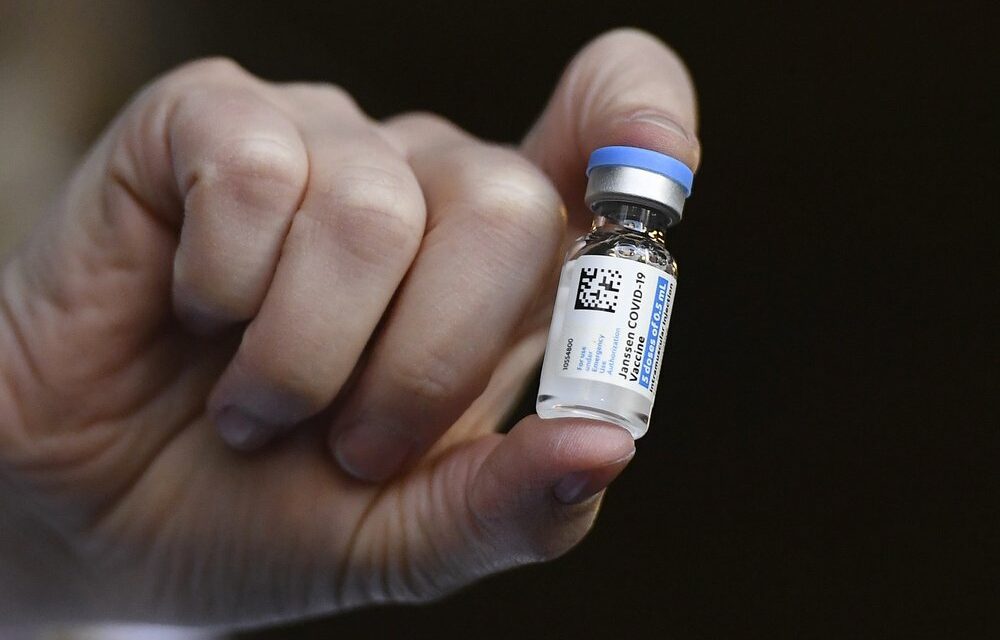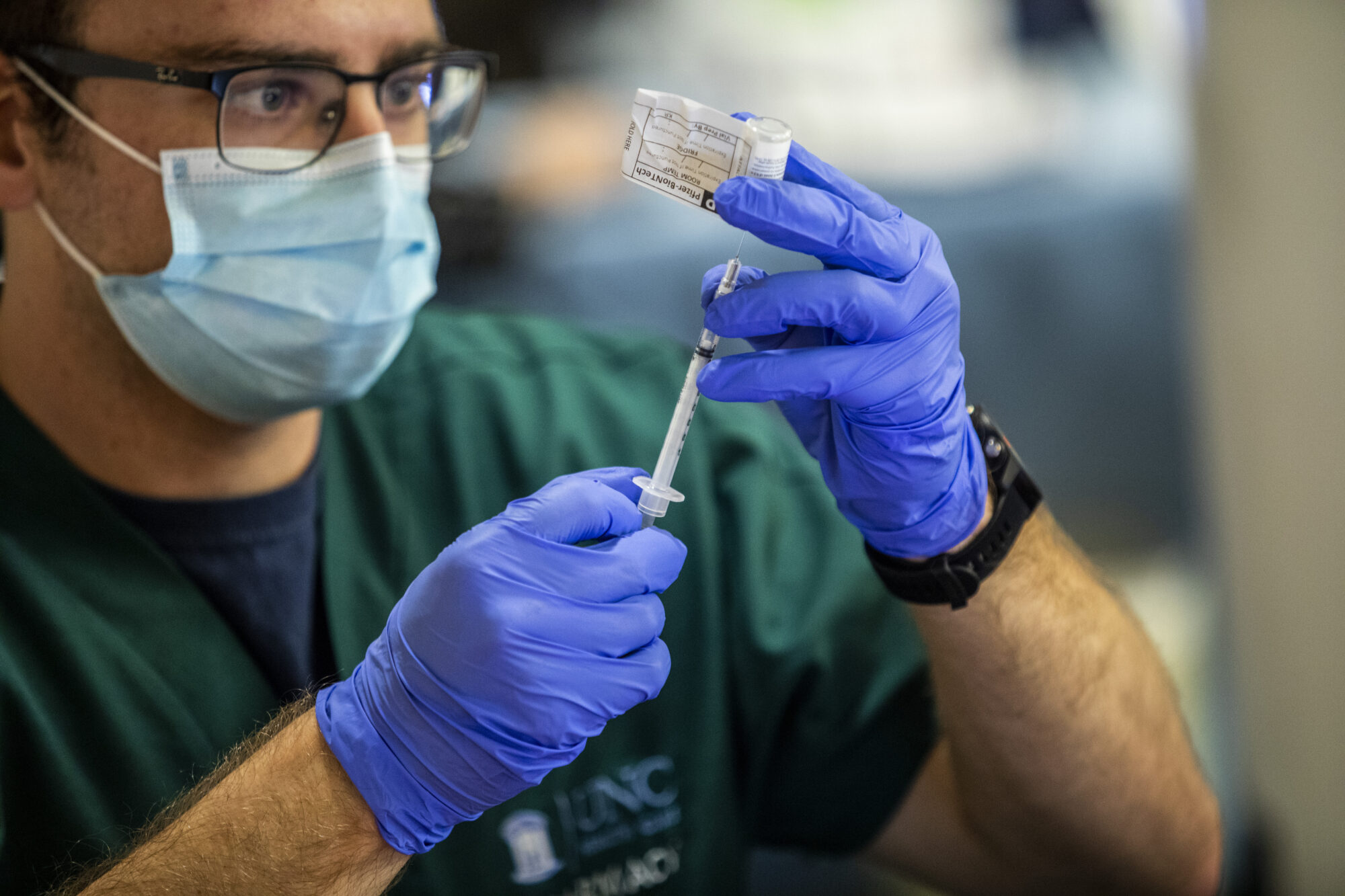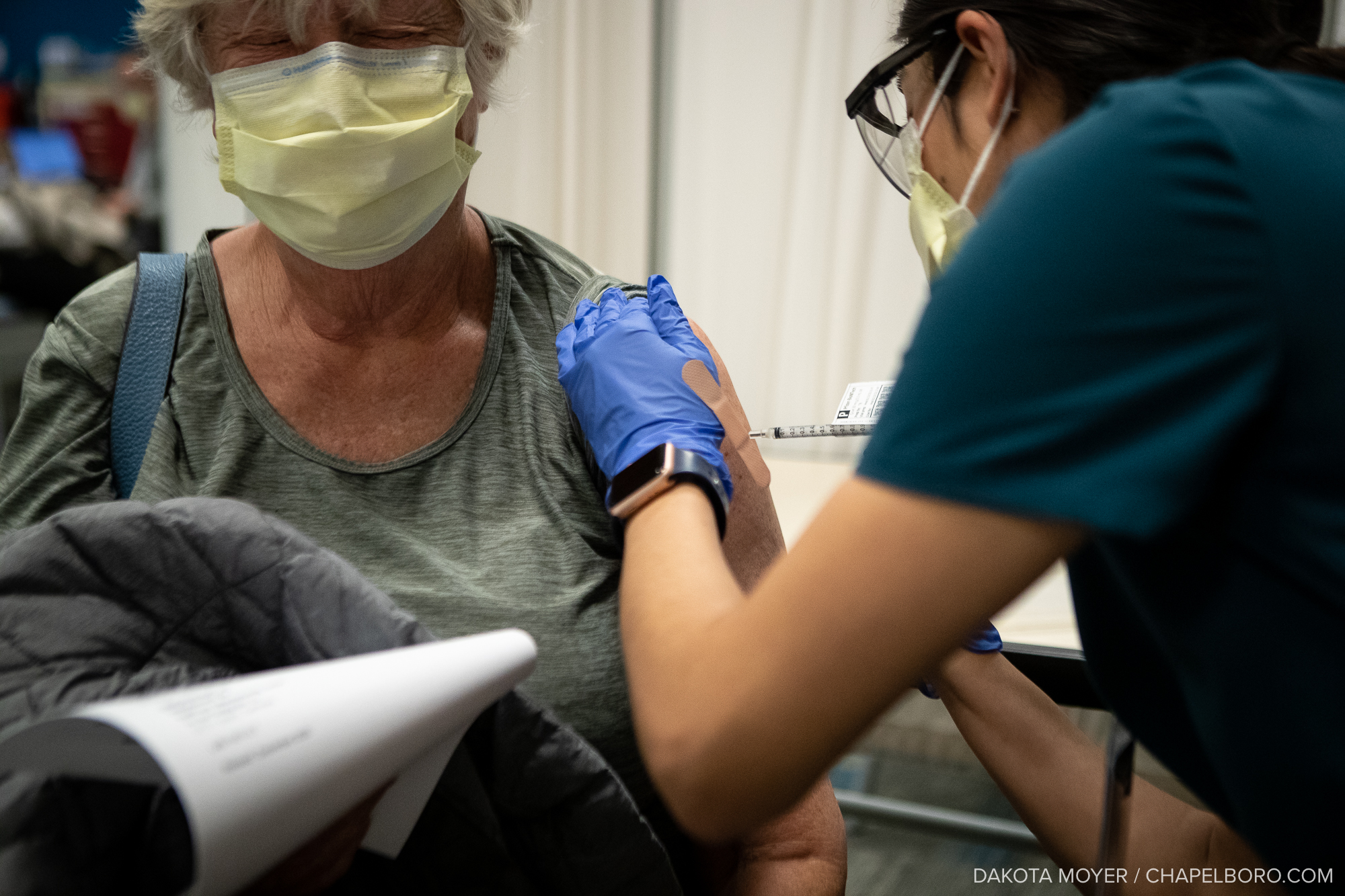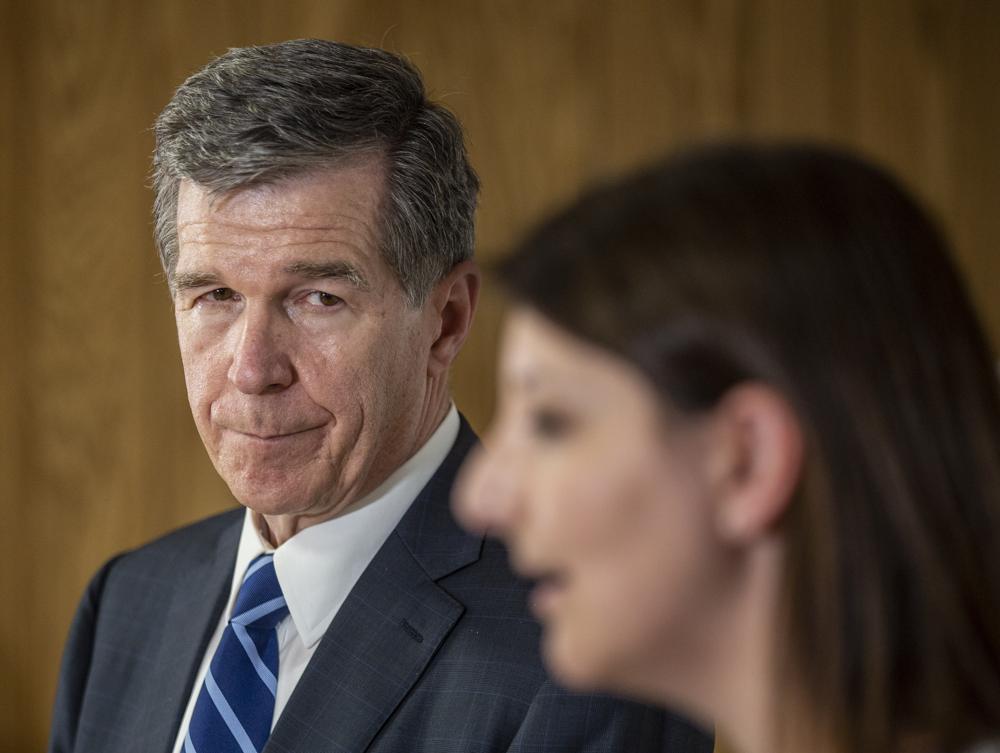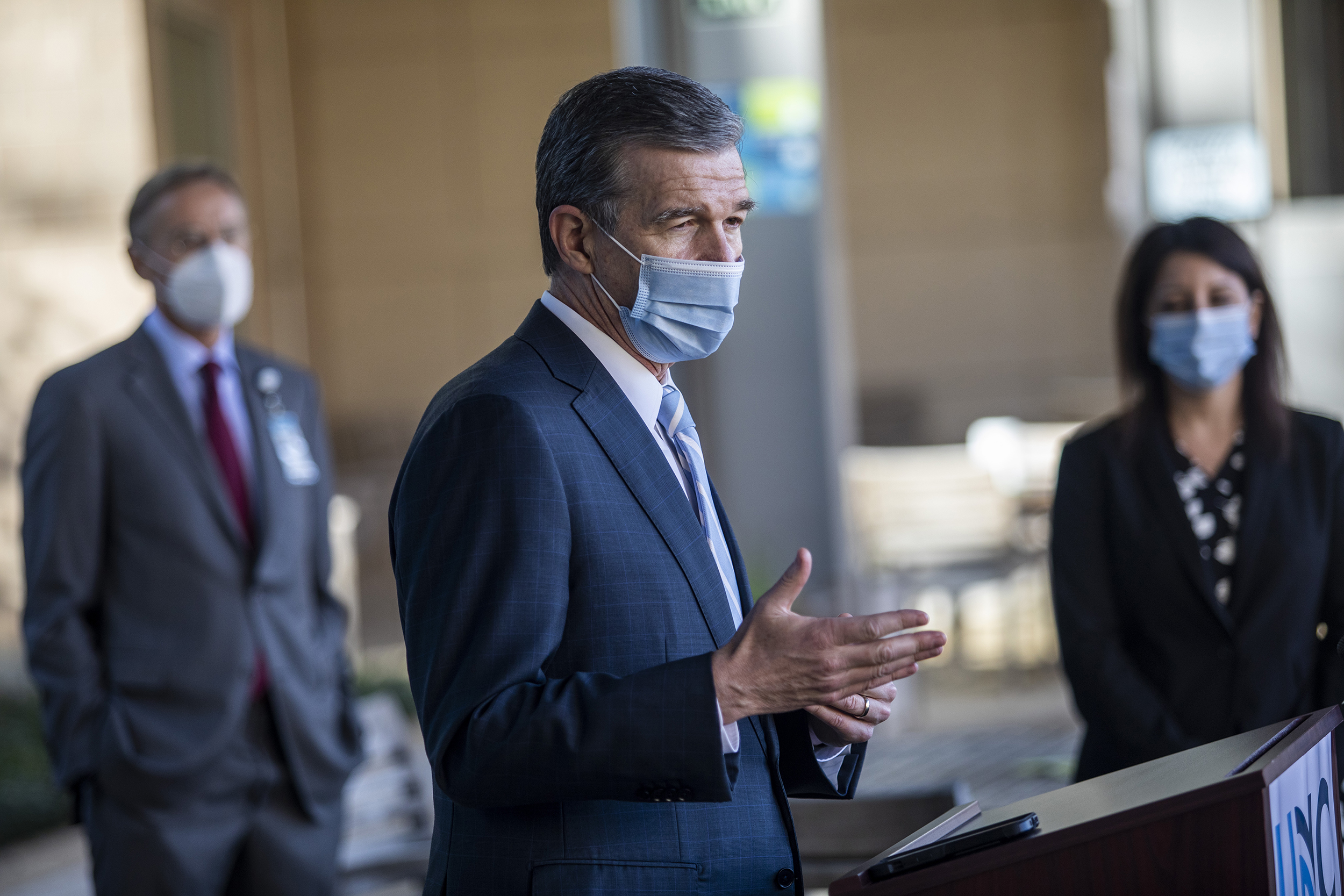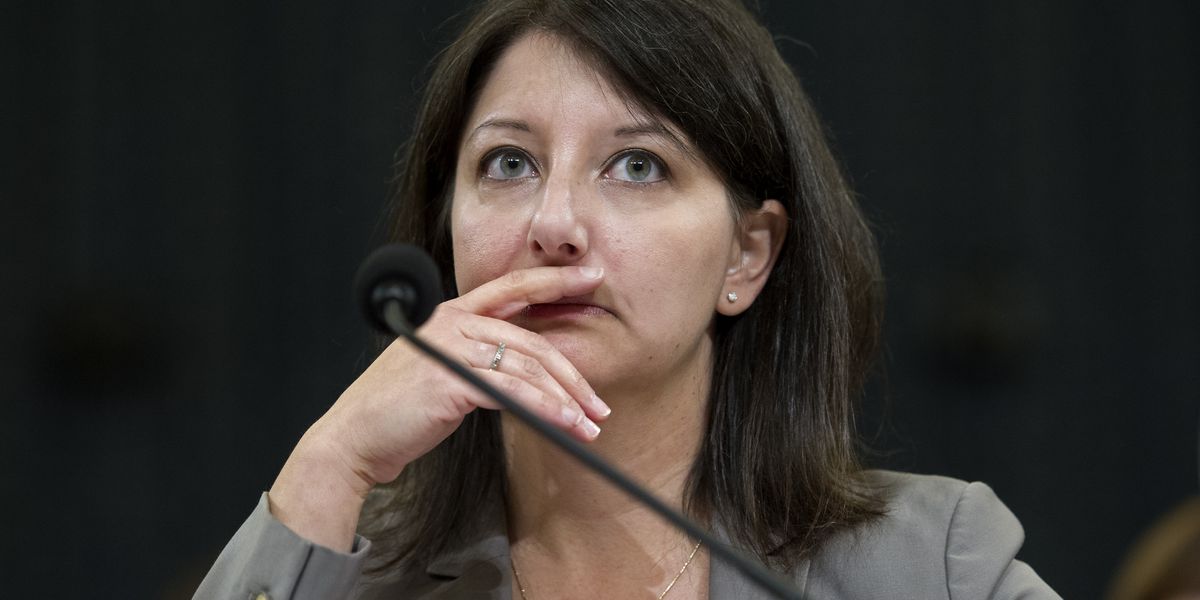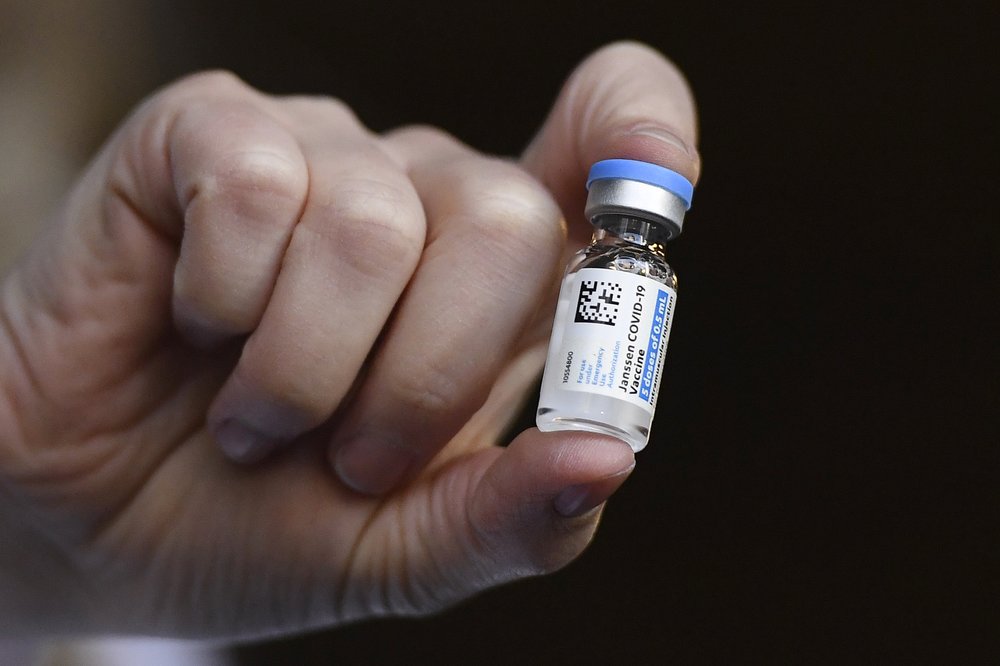To reflect on the year, Chapelboro.com is re-publishing some of the top stories that impacted and defined our community’s experience in 2021. These stories and topics affected Chapel Hill, Carrboro and the rest of our region.
Saying the presence of COVID-19 vaccines shaped our local experience this year is a vast understatement of their importance to shaping the entire world’s response to the coronavirus pandemic. While the globe is set to entire a third year of battling with the virus, the intensive research and aggressive rollout of vaccines in the United States provided significantly more protection and created a path for adapting to COVID-19 in the future.
In the closing weeks of 2020, some of the first shipments of the COVID-19 vaccines arrived across the United States, with hospital workers and medical professionals becoming the first people to get initial doses. The two-dose drugs, with the Pfizer-BioNTech and Moderna vaccines each offering roughly 90 to 95 percent efficacy rates, offered crucial protection to such workers as they treated an increased amount of COVID-19 patients during the winter months.
From there, states and counties began implementing widespread, free vaccine distribution in early 2021. In Orange County, that included beginning with offering protection to the populations most vulnerable to catching the coronavirus. Residents with two or more chronic health conditions and essential frontline workers who face high risk of exposure became eligible in mid-January. Groups 2 and 3, consisting of adults 65+ and other essential workers, became eligible to get their initial doses just weeks later. Medically at-risk adults became eligible in March, with all other North Carolinians 16+ able to receive their shots by early April.
By May, another portion of the U.S. population was approved to receive their COVID-19 vaccine shots: children aged 12 to 15. In November, children as young as 5 became eligible, as the drugmakers distributed a lower dose to providers. The only remaining age group yet to be vaccinated going into 2022 is children younger than 5, for whom Pfizer said its two doses did not perform well. The pharmaceutical company is shifting its clinical trials to now try three doses, according to reports shared on December 17.
The presence of the vaccines and early vaccination rates led to many of the public health protocols and elements of stay at home orders to be lifted in the early parts of 2021. North Carolina Governor Roy Cooper lifted some mass gathering and capacity limits in late February before lifting most mask mandates and social distancing measures for fully-vaccinated people in May.
While Orange County never lifted its state of emergency declared due to the coronavirus, its residents are among the most vaccinated across the state. According to the state Department of Health and Human Services, around 78 percent of Orange County’s eligible population to receive their shots are fully vaccinated for COVID-19. That’s equal to roughly 74 percent of the entire county’s population and leads North Carolina in percent of population fully vaccinated. Close behind are Wake County (70 percent) and Durham County (68 percent) with Chatham County also reporting 54 percent of its population being fully vaccinated. Overall, approximately 73 percent of North Carolina’s adults have gotten at least one shot of the vaccine, while 69 percent have received at least two doses or the one-shot Johnson & Johnson vaccine.
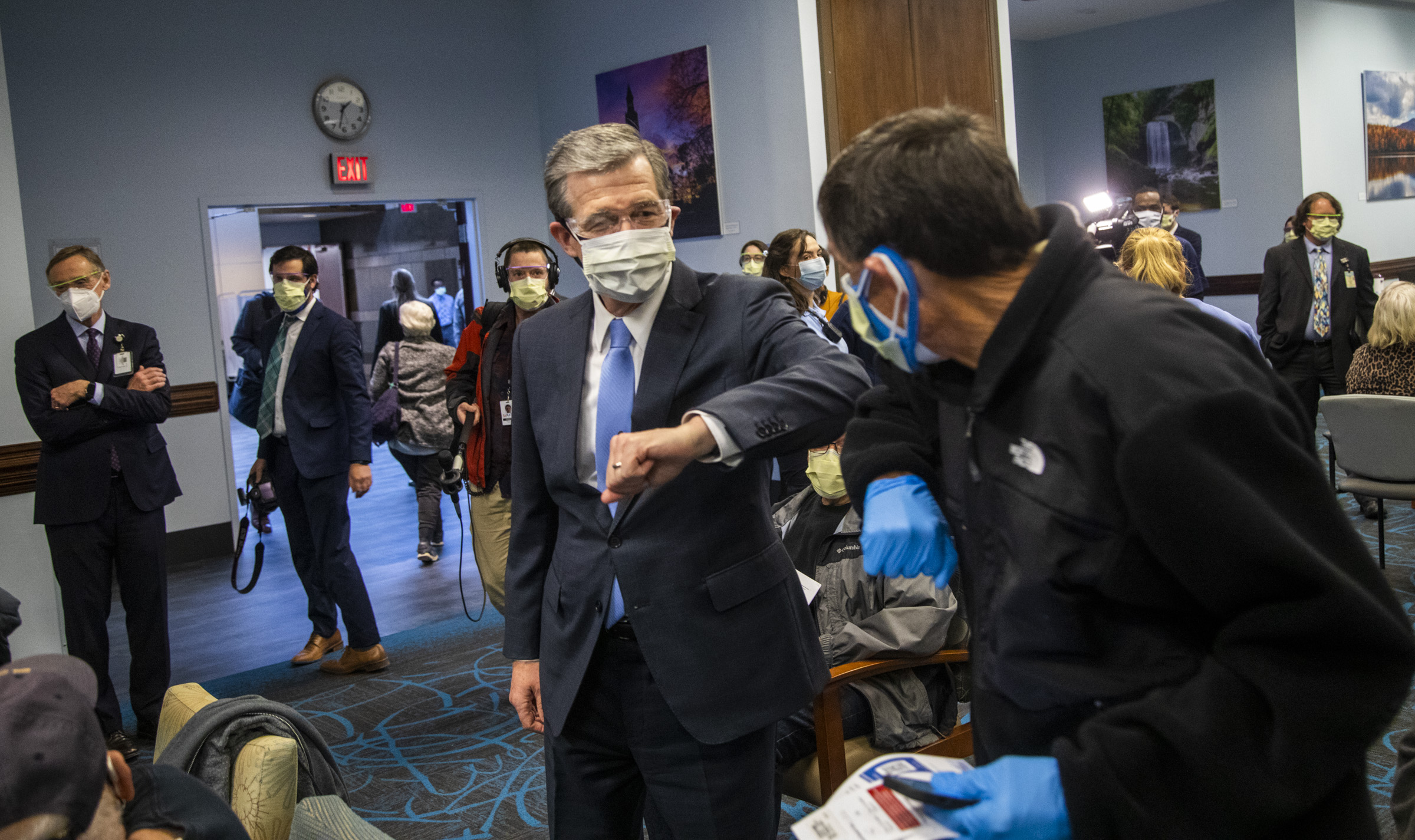
Gov. Roy Cooper and Donald Pendergrass of Carrboro bump elbows after Pendergrass received a coronavirus vaccine as Gov. Cooper toured a large-scale vaccination site at UNC’s Friday Center in Chapel Hill Tuesday, Jan. 19 2021. The site was the largest UNC Health set up across the state and one of several sites that saw regular traffic in Orange County. (Photo via Travis Long / The News & Observer.)
Those numbers, however, have remained relatively stagnant since late summer. When the vaccines gained approval for 5-11 year-olds, North Carolina’s numbers also lagged behind. With health experts modeling that 85 percent of an entire population either being vaccinated or having built-up immunity from contracting COVID-19, the state remains behind that pace despite having administered around 8 million vaccine doses in 2021.
The stagnation of vaccination is also being seen nationally. The Mayo Clinic reports about 73 percent of the U.S. population has received at least one dose of a COVID-19 vaccine, while 61.7 percent are considered fully vaccinated. President Joe Biden said in the summer his goal was to have 70 percent of Americans with at least one shot of the vaccine by July 4. While supply of the drug was readily available by that point of 2021, the country did not reach that 70 percent benchmark until late November.
The emergence of new variants of the coronavirus also presents problems for those not up-to-date on vaccinations. The delta variant of COVID-19 began its spread worldwide in the summer, triggering a resurgence of new positive cases and hospitalizations across the United States because of its strength compared to the original strain. Delta quickly became the dominant strain of the virus and drove the country past a staggering mark of 800,000 COVID-19 deaths, which is the highest reported death toll of any country and is expected to be higher still based on unreported cases. More than 200,000 of those American deaths happened after the vaccines were readily available to anyone in the spring.
Locally, the delta variant led to several local governments reinstituting measures to limit the spread of the virus. Orange County and Durham County each instituted an indoor mask mandate for all people, vaccinated or not, which remains in place heading into 2022.
Entering another winter, COVID-19 cases and hospitalizations are on the rise again from the delta variant, with yet another variant spreading across the country. Early data indicates the omicron variant, which emerged in November, is even more contagious than previous strains of the virus. Despite having milder symptoms, the new variant also appears to be better at evading initial COVID-19 vaccine doses. Health officials are encouraging those who are already vaccinated to get booster shots of the drug for a better chance at protection and for those yet to get the vaccine to do so.
To find a COVID-19 vaccine provider near you, visit myspot.nc.gov. To find a COVID-19 testing site, visit the North Carolina Department of Health and Human Services page.
Featured photo via AP Photo/Jessica Hill.
Chapelboro.com does not charge subscription fees. You can support local journalism and our mission to serve the community. Contribute today – every single dollar matters.

